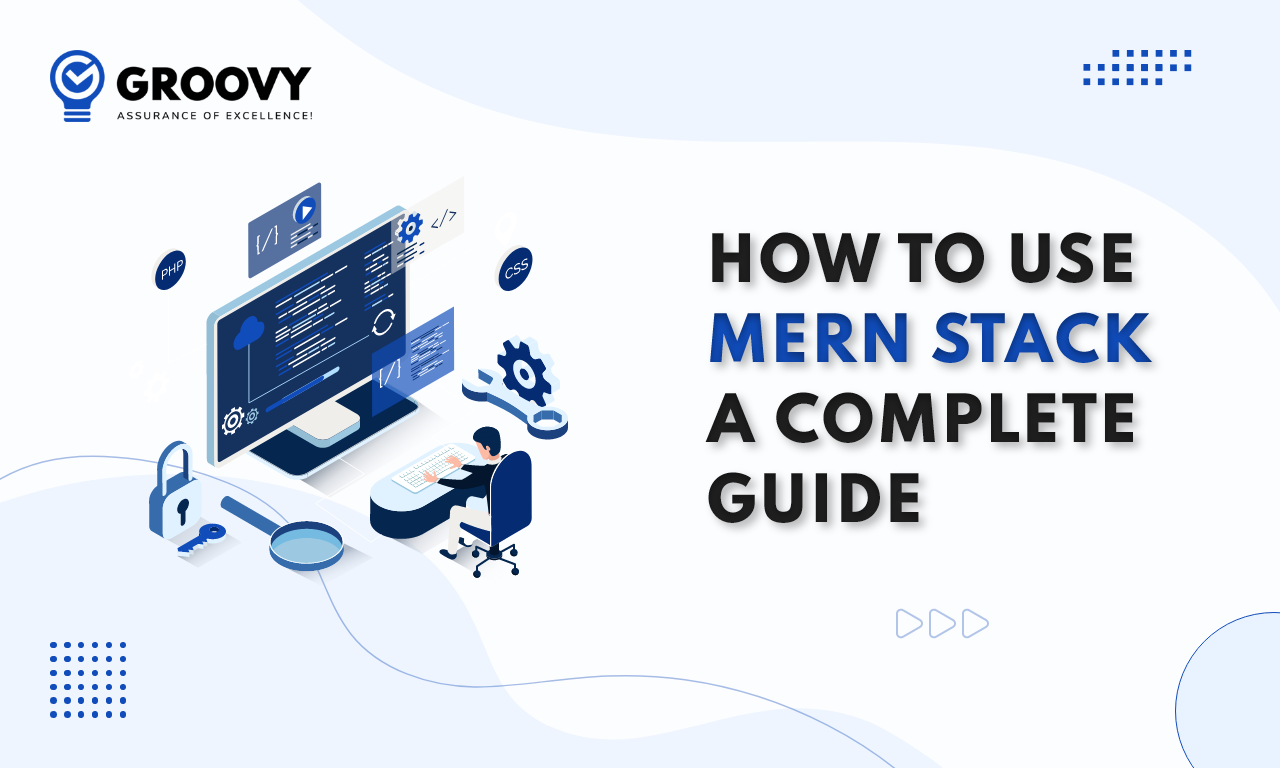Complete Guide on AB Testing for Progressive Web Apps
Ashok Sachdev
October 21, 2022 674 Views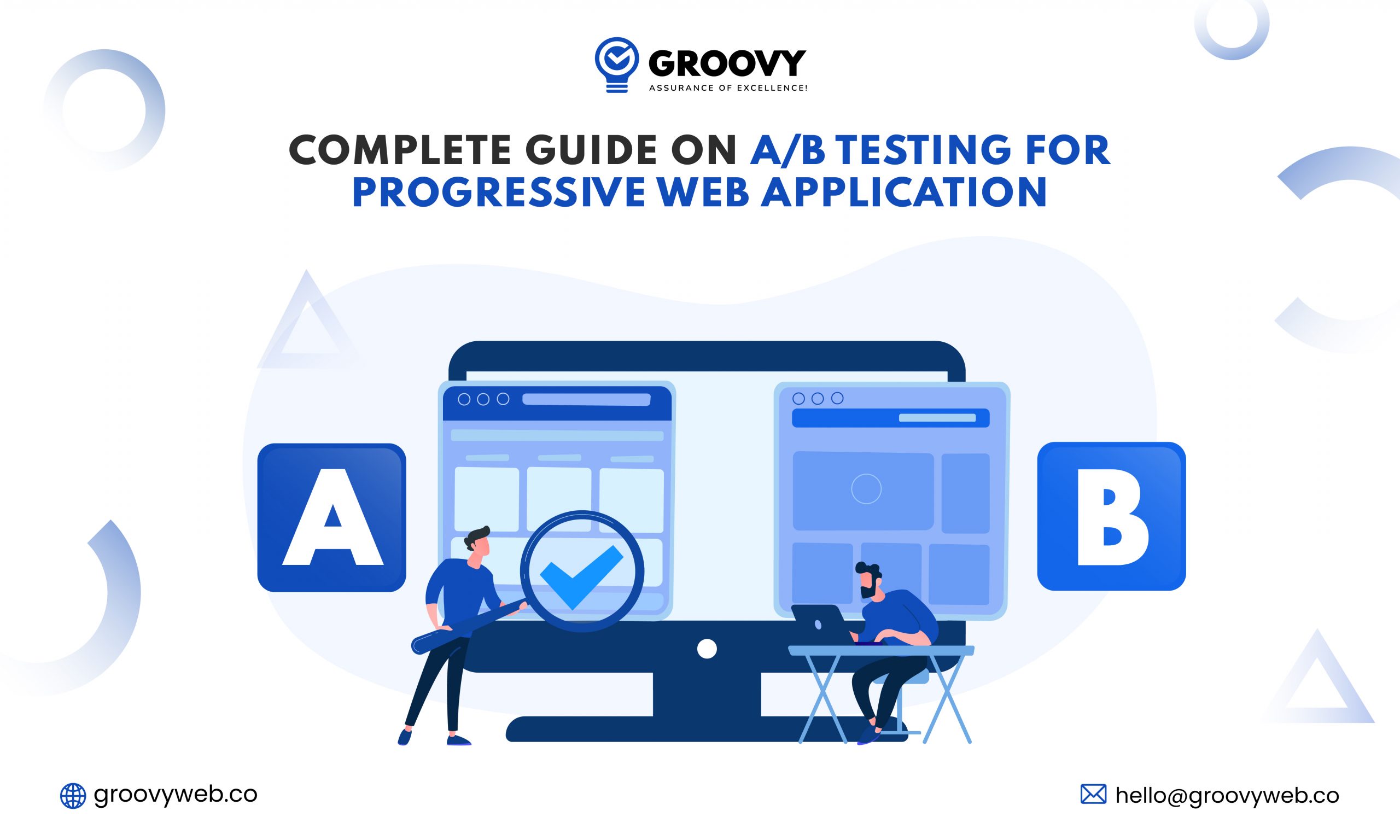
Quick Summary : AB testing also known as Split testing perform to examination whether each variant are executing properly either mobile or web application or pwa. In order to launch the winning version, A/B testing for PWAs makes use of user data and statistical significance.
In the modern world, A progressive web application is playing a major role nowadays in both large as well as small industries. It’s short name is PWA and it is the best platform which is accelerating technical capabilities, empowers organizations, and manages businesses in a very well manner.
Too many organizations have taken the advantage of this latest platform to attract their targeted audiences and improve their user experience. The progressive web app is easy to develop, its testing as well as maintenance after deployment.
We are going to discuss in detail Progressive Web Apps below in the article:
What Are Progressive Web Apps (PWAs)?
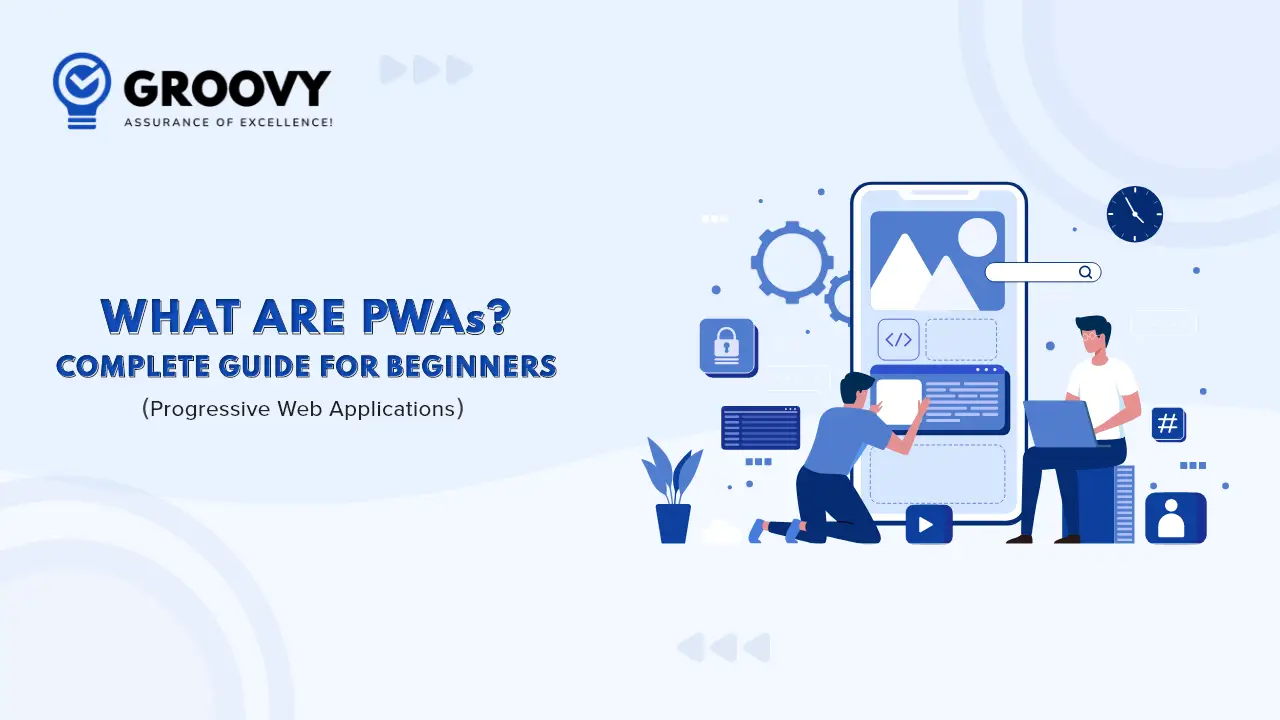
In easy words, progressive web apps are mobile-view websites or it is like a webpage that are arranged such that they offer a native app experience to their users. The best factor about this is that it can be done from the web browser itself.
For quicker access, the Progressive Web Application of the product can be attached to the home screen. Several companies choose PWAs since they have almost zero dependencies on the OS gadget. Also, multiple platforms support can be added to the PWA using trendy technologies like CSS, HTML, as well as JavaScript
A PWA can be simply accessed through the URL and it doesn’t need any kind of large segment of your gadget storage just like native apps. Therefore, with the support of PWA, you can make things simpler for your customers who have limited storage on their devices. Several software testing organizations in India, the UK, the US, etc. have proficiency in testing all the different elements linked with PWA.
How Developing a PWA Can Be Fruitful for Your Business?
The developer likes this platform very much because with the support of this building and managing an app is budget-friendly. Therefore, PWA is considered the best idea because it is easier to build a website compared to an Android/iOS application.
The companies are going with PWA development services to develop PWA that’s functions are similar to native apps.
The PWA is not bounded by a particular platform just like another app. Progressive web apps can deal with various kinds of platforms. There are some following reasons are given below just because of these the organizations are referring to this platform:
- It provides compatibility with the browser
- It responds very promptly to its customer
- It enhances the consumer engagement
- The developer can build a high-performance website
- It offers flexibility despite Network flaws
- It is completely secured
We are not going to cover the development procedure of progressive web apps in this article but if you want to learn about it then the great tutorial is available on Google. So once you finished the development of the web app then the next urgent step should be testing it.
What Factors Should be Tested in a PWAs?
You have to test the following parameters which are given below while testing a progressive web app:

1. Web pages should be responsive
You have to ensure during the time of development that your web app behaviour should be responsive across all desktop and mobile gadgets.
2. The site is presented over HTTPS
Safety is an important element in a progressive web application, therefore you have to ensure that your web app is served over HTTPS and you can utilize Lighthouse which is developed by Google, seositecheckup, SSL labs, jitbit, DigiCert, SSL shopper, etc to test if your web is served over HTTPS or not.
3. Cross-Browser Compatibility
You will have to test your web application for cross-browser compatibility to make sure that your web app offers a flawless consumer experience across every browser.
4. Metadata for the Add to Home screen
You have to test if the web application gives metadata for the ‘Add to Home screen.’ How you can test: You can utilize the Lighthouse tool to test for this functionality.
5. Offline Loading
You’re all of the web pages or at least some of them should work flawlessly even when your application is on offline mode. Your web response should be 200 when it is in offline mode. How to test it: Again, Google is extremely recommending the PWA environment because they have some great tools for testing PWA applications. Lighthouse is the best example.
6. Push Notifications
If these notifications are relevant to your web application, then they should not be desperately destructive. How you can test: you can check out the notifications opt-in stream. There must be clear directions which indicate that what the site needs permission for as well as why the customer should allow or enable the push notifications.
7. Every Page Must Include a URL
An URL must be included in all the pages of your web application as well as all the URLs must be distinctive. How to test it: you can easily test it by examining that every page is linkable with the URL and should be shareable on social media or other platforms. The URLs can be opened frankly in the latest browsers.
Content must be simply shareable even through full-screen mode as well as it should form cards for each social media platform. How to test it: You can test it yourself by sharing content from full-screen mode.
9. Structured Data(schema)
Your web application should be capable to build a rich card if relevant. It supports boosting the presence of your website by various search engines. How you can test it: You can utilize Google’s structured data to ensure description, image, title, etc., are available.
AB Testing for Progressive Web Apps
The testing of the progressive web application is one of the most essential steps. It supports creating the best client experience as well as getting superior conversion goals. So first of all we will know about the A/B testing.
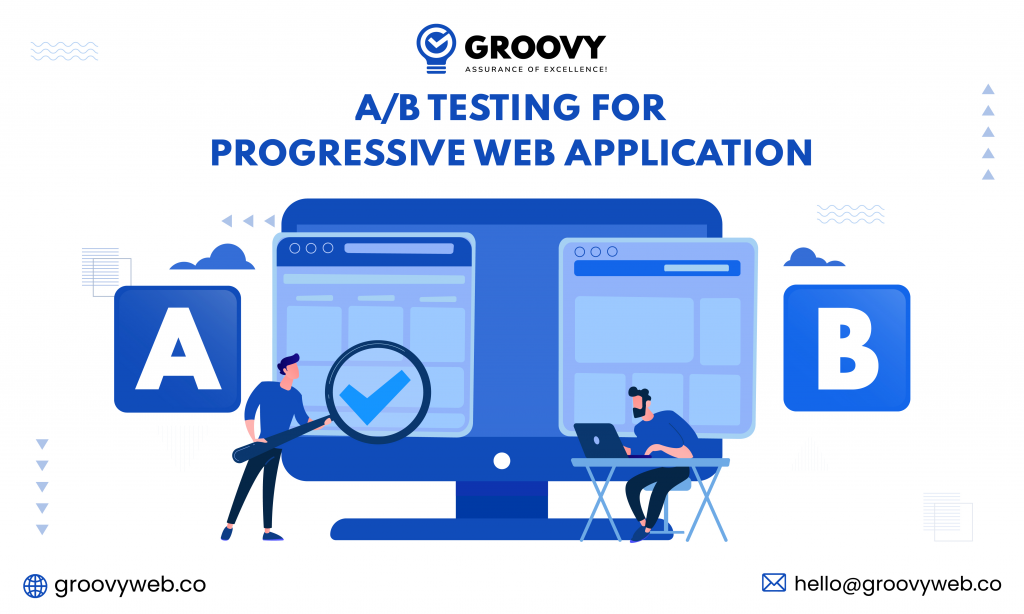
What is A/B Testing?
A/B testing is also known as split testing which is a procedure of testing wherein two variants of the application are randomly selected for users to recognize the best performing option. The A/B testing for PWAs leverages user information as well as statistical importance to roll out the winner version.
You will have to hire skilled developers or UX researchers in your team if you want to perform A/B testing efficiently and you can carry out numerous split testing experiments. On the other hand, you can hire PWA developers from a well-experienced custom web app development organization like Groovy Web to save your precious time and resources.
Features of a PWA
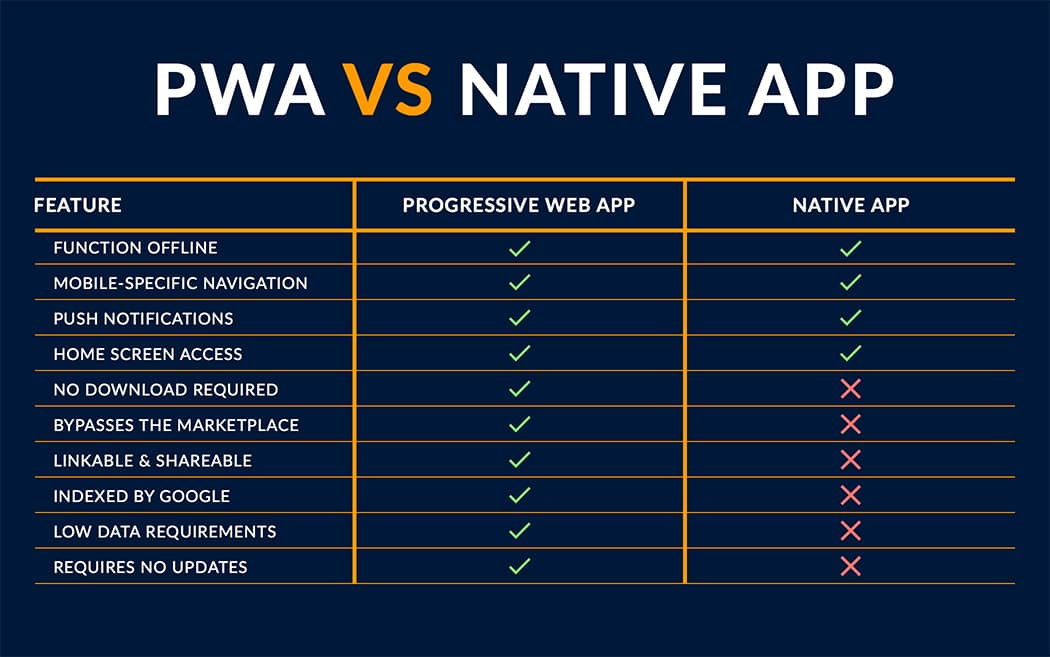 Source:- AngularMinds
Source:- AngularMindsProgressive: Here the progressive word meaning is that it performs for all customers despite the particular browser. Hence, this one is the major element of this innovation.
App-like Interaction: It is completely based on the app shell model and therefore these apps provide an app-like interaction.
Quick Loading Time: Its loading speed is too quick.
Easy To Share: Progressive web applications can be effortlessly shared via URLs instead of a specific installation procedure.
It is Responsive: It is responsive just because of this it can perform on various gadgets like smartphones, desktops as well as on tablets.
Automatically Updated: It updates automatically. Users don’t need to spend time on updates like Android and iOS applications.
Simple Installation: The users don’t have to navigate to the app store and they can simply install the site like an application on the home screen.
Steps Included in AB Testing of PWAs
Step-1: Recognizing the targets
The first stage in PWA testing is recognizing the targets which you want to complete. Fixing the precise targets can make it simple to categorize and describe the possibility of the experiment. The objective will completely depend on your targeted public as well as your business models, like what’s your business type B2B ecommerce, C2C, C2B and B2C.
Step-2: Visualization of the modifications
Once you have analyzed your ideas and are clear with the goal of the testing procedure then you need to visualize the modifications that must be available in the Variation. In the case of a progressive web application, you can also test it against your old website or go for a customized version of PWA to discover the most helpful between the two alternatives.
Step-3: Design the Variation
Now; you have to make a customized edition of your web application according to your assumption. The needed modification may be an easy variation in the web page color, variation in the order of menu options, hiding buttons, etc. There are lots of tools are available in the marketplace which can support you to do it.
Step-4: You have to Kick Start the experiment
Once the customized version also known as variation is ready then you can begin with the experiment. The people of the PWA will accidentally access either the modified (the Variation) edition or the original (the Control edition). You can begin anywhere between 5% to 10% of the traffic to ensure no risk.
Step-5: Test the results
At last, you should check the consequences of the experiment. You can start separating the experiment data information with the support of the deployed testing tool as well as investigate the performance for both of the variants. If you are capable to set up the statistical consequence of your result so you will simply discover the winning version of the progressive web application.
You can appoint PWA developers from outside development organizations and begin the testing procedure on time. The point must be in your mind that you have to hire well-experienced professionals with in-depth knowledge as well as years of experience in A/B testing of PWAs.
That was all the details about the procedure of organizing A/B testing for the PWA. For easy results, you have to select the accurate testing tool for the project.
Important Benefits of Progressive Web Apps
Here are some of the most important benefits provided by PWAs:
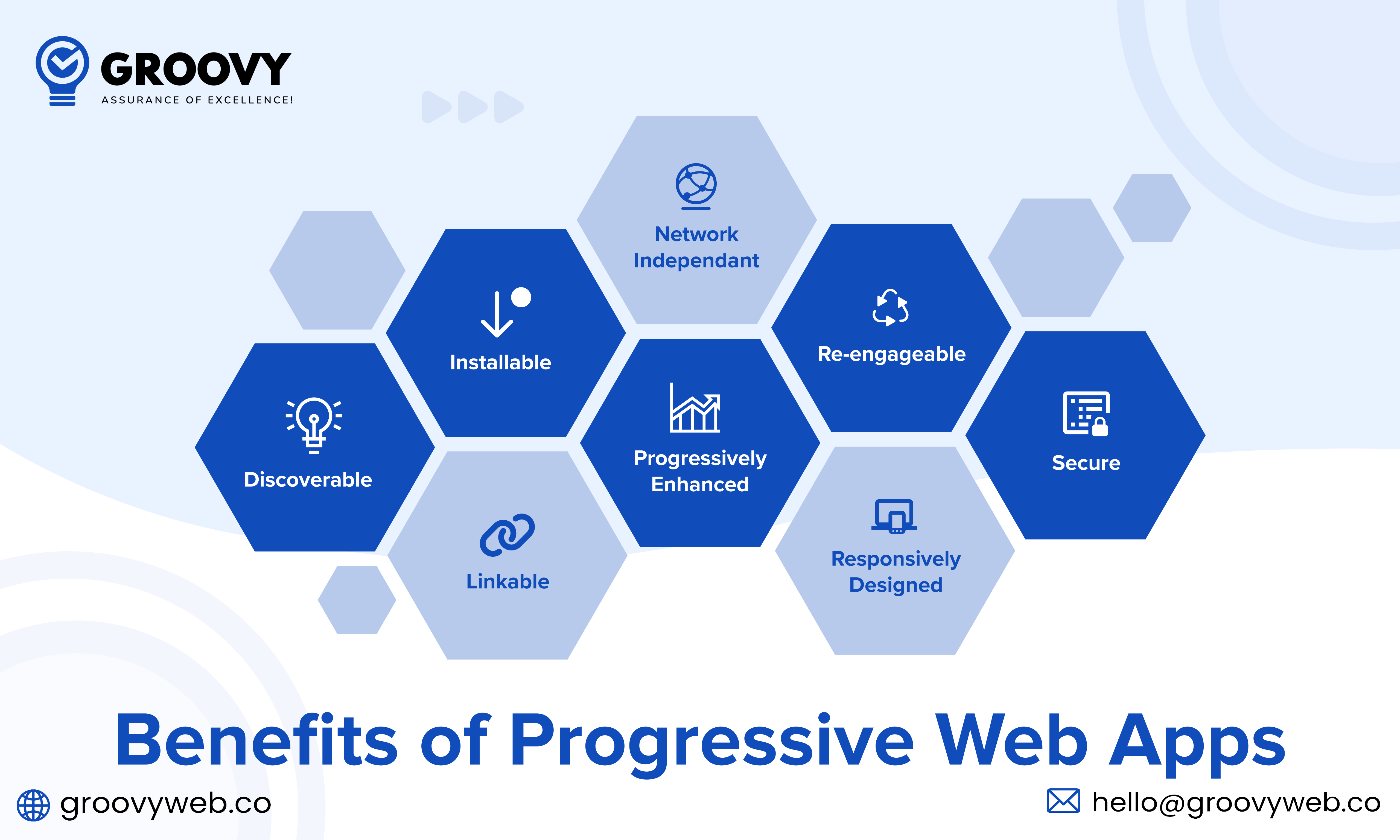
1. Reduced Maintenance
When you are designing any kind of app or website then the consideration of maintenance elements is so much essential. According to the survey, the maintenance expense of native mobile apps is around 20 percent greater than its estimate development cost. Its maintenance budget completely depends on the size & scale of your app.
On the other side, progressive web applications are more cost-effective in the case of development as well as maintenance front. The overall budget incurred is considerably fewer than the native applications.
2. Offline Support
The internet is necessary for lots of native apps and the user should be continuously connected with it. However, some of the elements would be cached but still connectivity will be needed.
On the different side, PWAs leverage an aspect which is also known as Smart Caching that securely caches main information on the website (or application) so that the PWA can be easily accessed even when the internet is not available.
3. Small Size Memory Footprint
Progressive Web apps are so much tiny in size than native apps. For instance, the size of PWAs such as Facebook, Twitter, Flipkart, etc. is in only some KBs and the size of the native app is in MBs.
Therefore, PWAs may be fruitful for the business if the target audience is utilizing mid-range Smartphone that has lower RAM/ROM configurations.
4. Reduced Bounce Rate
It is too much essential to offer the best user experience to the customer otherwise they will not visit again to your app or website.
According to the survey, users generally do not like to return to the website if it takes a loading time of more than 3 seconds. However, page loading speeds on PWAs are much fewer or lower than the normal apps and websites, so consumers are more possible to like the PWA experience. A reduced bounce rate simply means that users will spend higher time on your website and this thing can boost your business.
Numerous developers think that progressive web applications are quite similar to responsive web applications. Although, there is a huge variation between both of them. The responsive web applications, as well as PWA both, focus on awareness, usability, and on functionalities, etc. but PWAs give some special kind of features that are not available with responsive web applications just like offline service as well as push notifications which are generally not available in normal responsive web apps. Also, PWAs can drive the best conversion and boost the engagement of users compared to responsive web apps.
Final Words
Simple internet accessibility as well as an improvement in the number of digital services is some major reasons behind the faster growth in Smartphone serviceability. The development of customer experience becomes more important with the exponential growth of the usage of mobile phones.
Also, internet surfing and web browsing on mobile gadgets are growing rapidly. If we talk about digital media usage then Smartphone applications have witnessed aggressive growth compared to websites. This is the major reason for the shift in business focus from website to application to provide more quality content as well as boost user engagement.
Right now the Progressive web applications are the trendiest in the online market because it brings uniformity between native and web applications.
Groovy web is one of the leading PWA development organizations that provide for global business needs. They have a dedicated team of experienced developers who are committed to fulfilling the project requirements as well as the customer’s expectations. You can hire them for the achievement of your PWA development project for your business.
Written by: Ashok Sachdev
Ashok Sachdev is the Project Manager at Groovy Web who began his professional career as a programmer at the young age of 17. Ever since then he is actively growing, learning new things, and adapting to new roles and responsibilities at every step. Aside from being an app developer, he is highly admired for his project management skills by his clients.
Frequently Asked Questions
We hope these clear your doubts, but if you still have any questions, then feel free to write us on hello@groovyweb.coWhere is AB testing used?
A/B testing is a common technique for experimenting in the disciplines of web design and digital marketing.
Is AB testing accurate?
Your A/B test is reliable if the findings are Big Different and Meaningful. A test is termed to be "significant" when the results are unlikely to have happened by coincidence. Achieving statistical significance can take time, which is why certain tests take longer than planned.
Related Blog
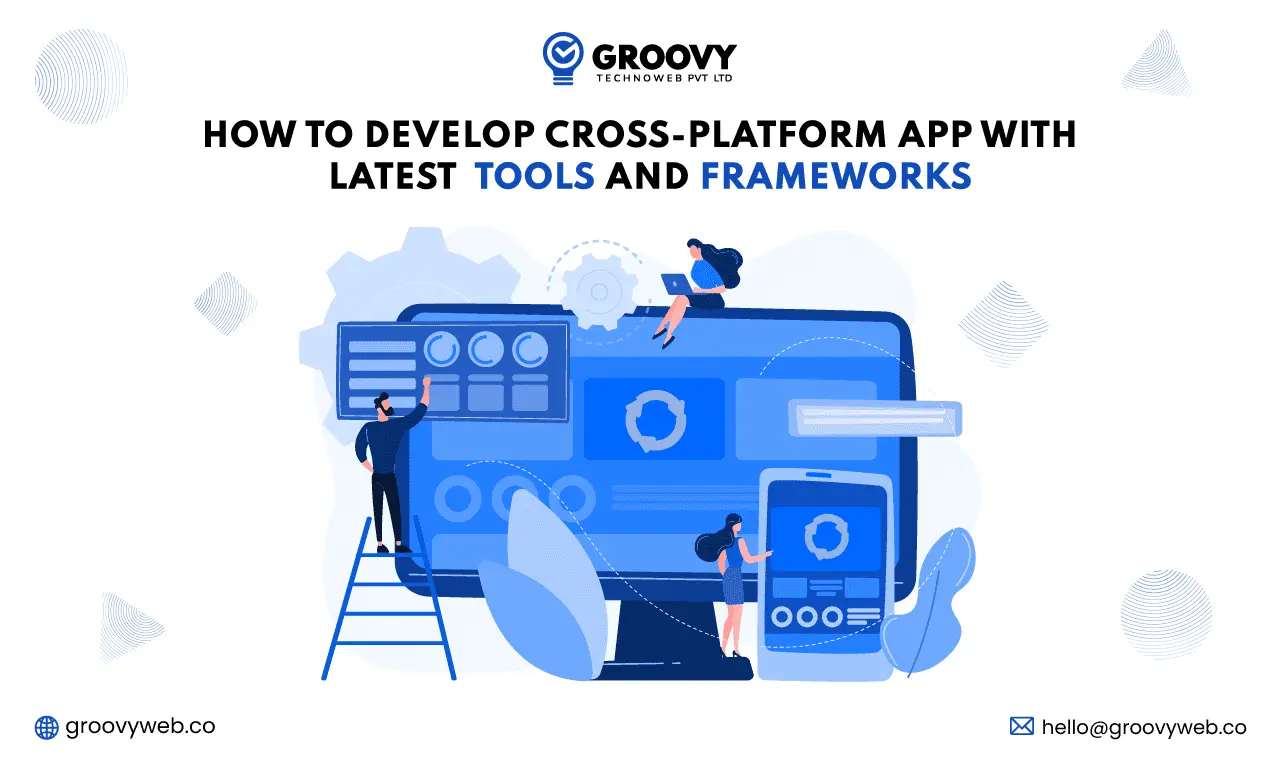
Nauman Pathan
How to Develop Cross-Platform App with Latest Tools and Frameworks
Mobile App Development 17 Oct 2023 20 min read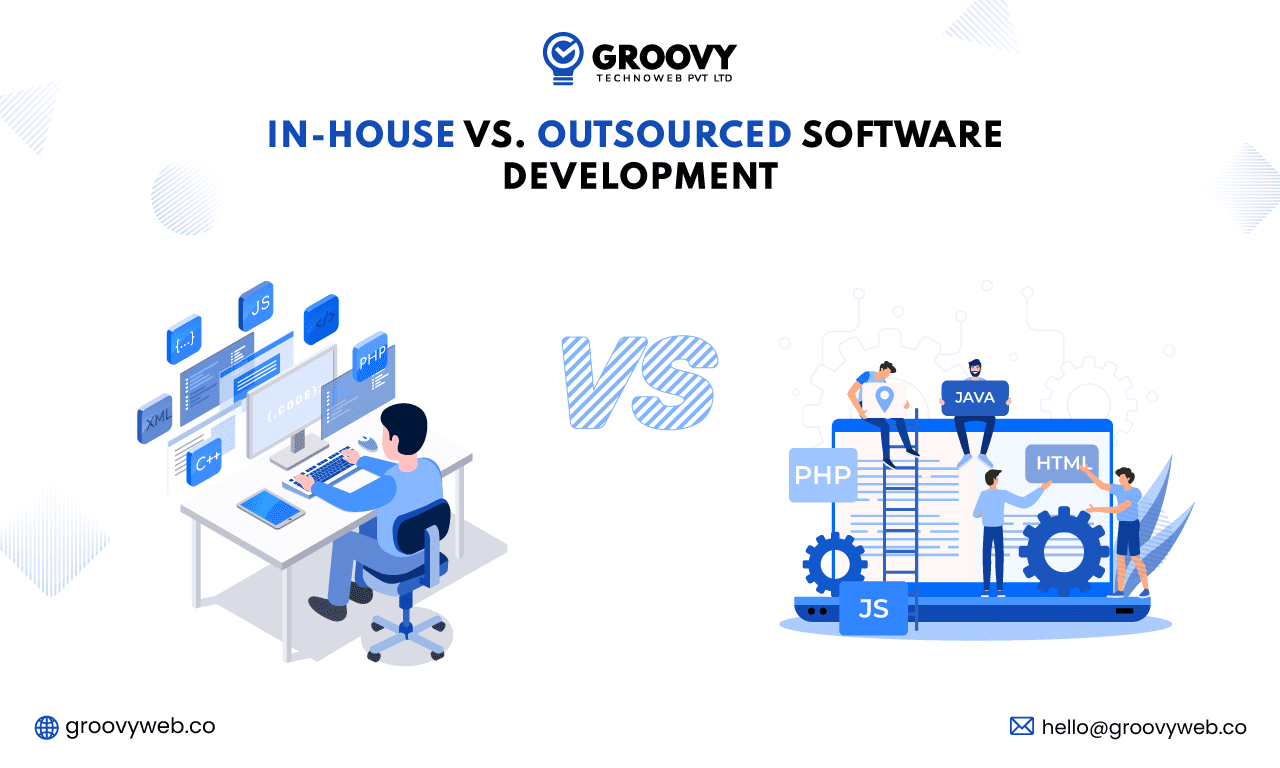
Ashok Sachdev
In-house vs Outsourcing Software Development
Software Development 30 Mar 2023 8 min readSign up for the free Newsletter
For exclusive strategies not found on the blog
